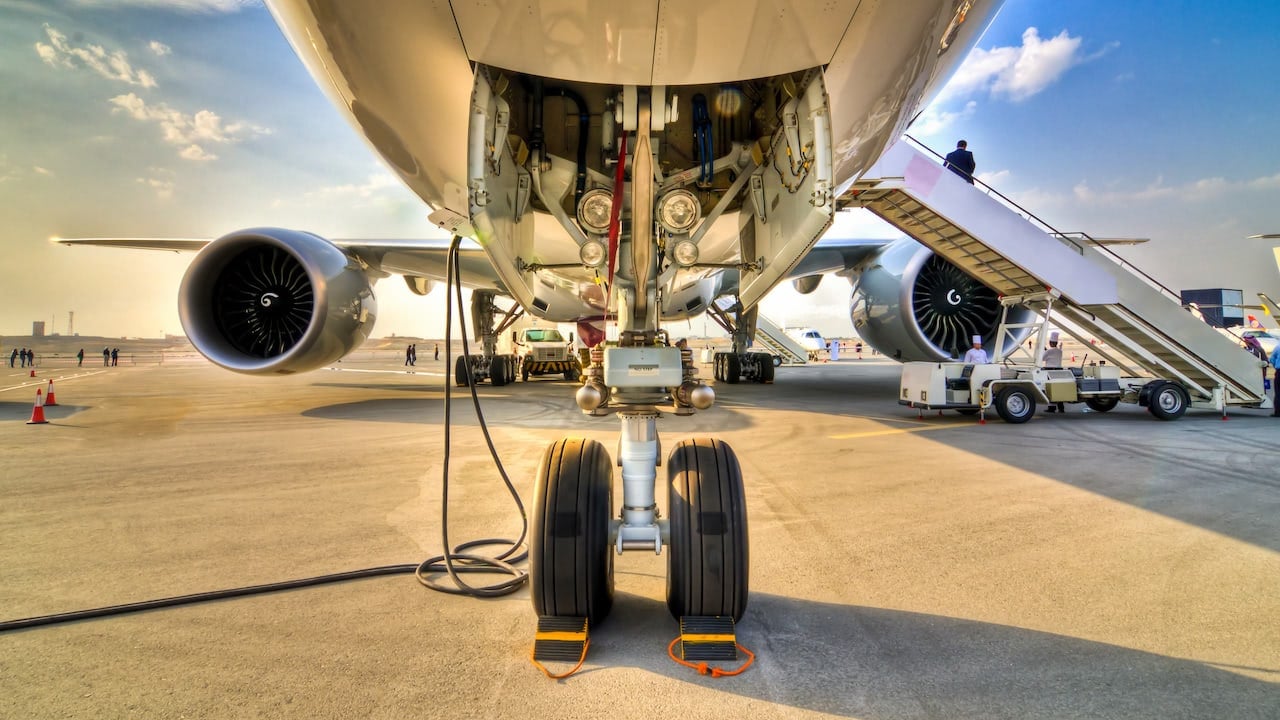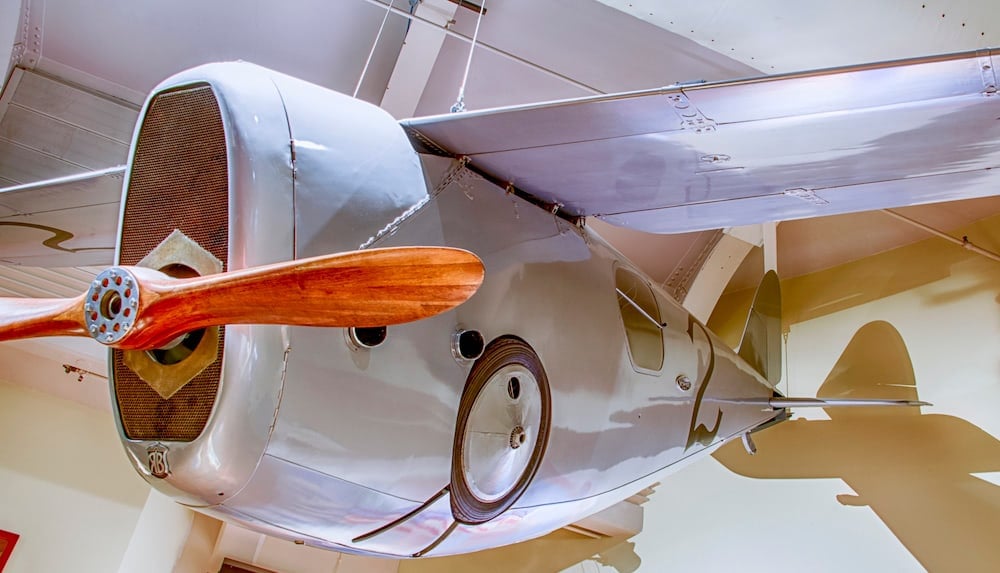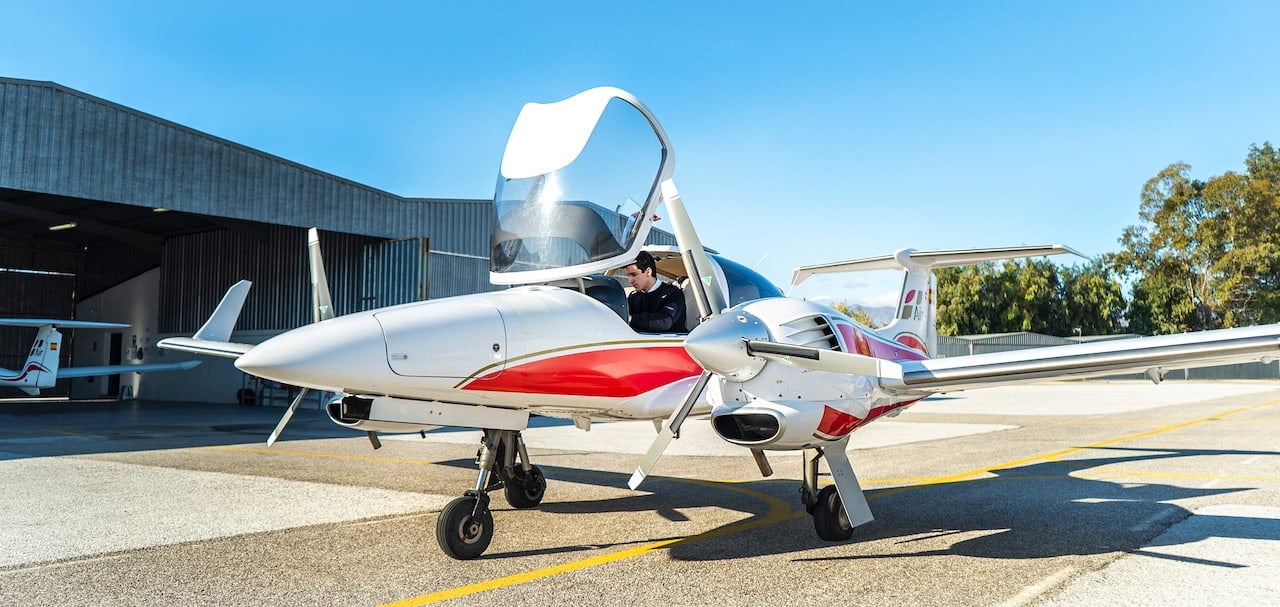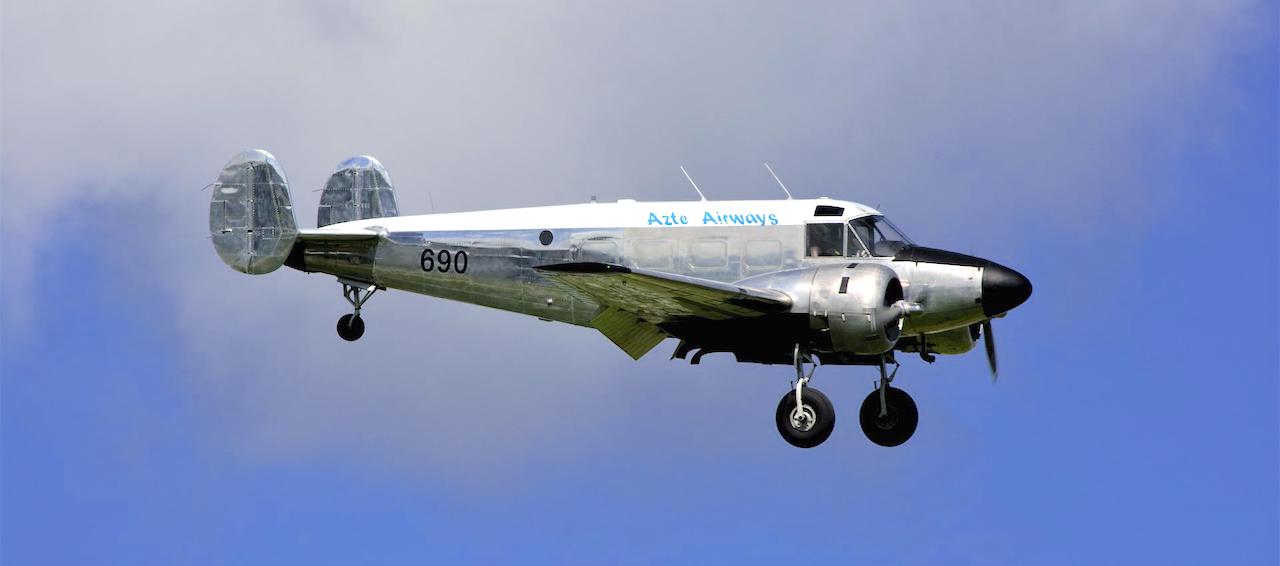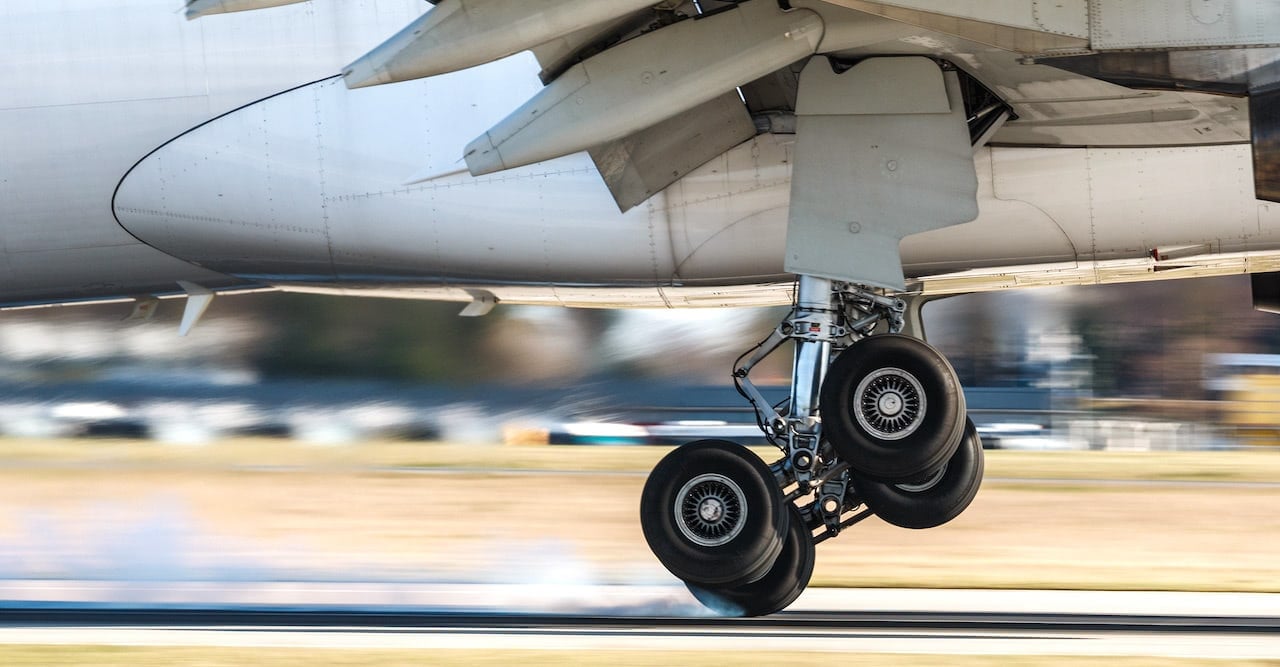Aeroplanes spend most of the time in air but when they are on ground, they need a system to absorb both the force of landing and their own weight and that’s what a landing gear is for.
By definition, the landing gear is the part of the aeroplane designed to absorb kinetic energy originated during contact with the runway, be it on landing or take off.
As you can imagine, a landing gear is an essential part of an aeroplane; but even so, it is much more complex than you probably think. This is why, in today’s post, we tell you all about this topic: what landing gear is, the parts which make it up, different types and much more! Read on!
Undercarriage or landing gear – Are they the same?
Basically, in aircraft, undercarriage is the British English term while landing gear is the lexical item used in American English.
We can also say that landing gear is the undercarriage of an aircraft, as it also refers to the section of a vehicle that is underneath the main part.
For vehicles, it contains the chassis, for aircraft, the landing gear and lowest parts of the fuselage.

